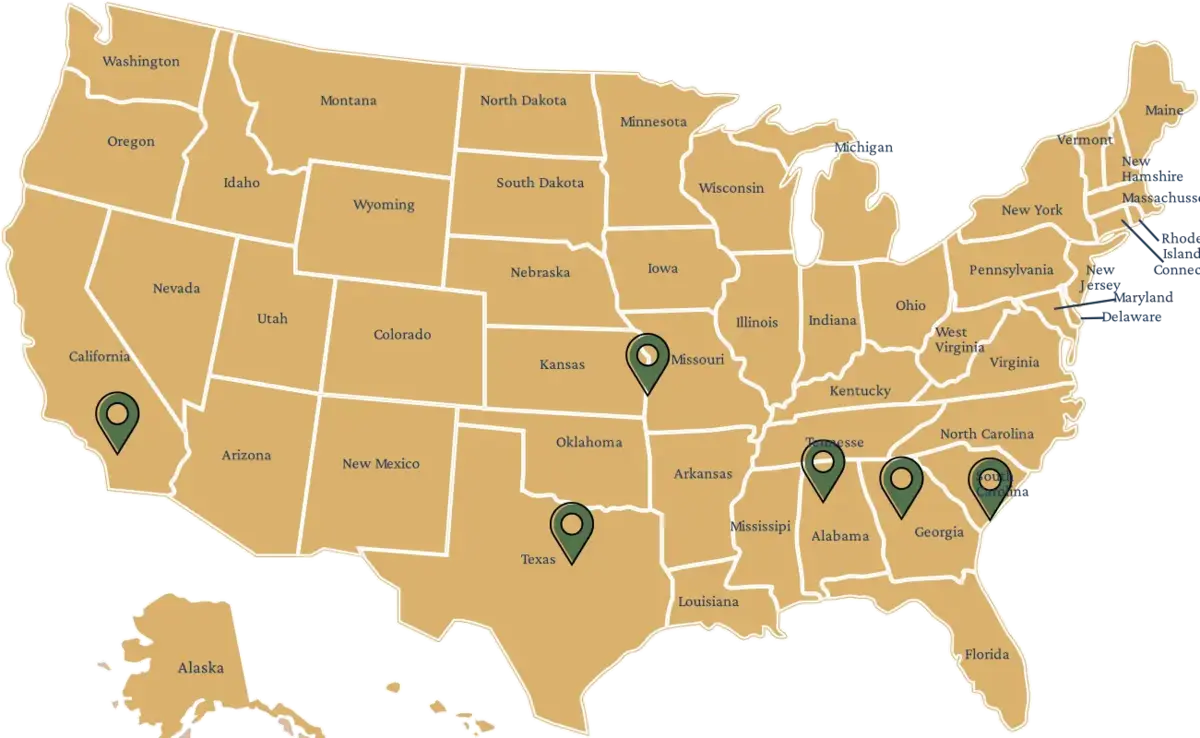In the dynamic landscape of modern business, innovation is not just a buzzword but a fundamental necessity. At the forefront of fostering this culture of innovation is the Federal Research and Development (R&D Tax Credit), a pivotal financial incentive provided by the U.S. government. This tax credit represents a critical tool for businesses across various industries, enabling them to pursue research and development activities with a more manageable financial burden.
The Federal R&D Tax Credit was established with the intent to stimulate technological advancement and economic growth within the United States. It offers businesses a way to reduce their tax liability for expenses incurred in conducting qualifying R&D activities. This credit is not confined to groundbreaking scientific research alone; it extends to a broad spectrum of activities, including the development or improvement of products, processes, software, and technology. By doing so, it casts a wide net, encompassing a diverse range of industries and sectors, from tech startups to established manufacturing companies.
For businesses, the importance of the Federal R&D Tax Credit cannot be overstated. It serves as a financial catalyst, encouraging companies to invest in research and development endeavors that they might otherwise deem too risky or expensive. This tax credit effectively lowers the cost barrier, allowing businesses to allocate more resources towards innovation. The result is a more robust and competitive business environment where companies are incentivized to push the boundaries of technology and innovation.
Moreover, the Federal R&D Tax Credit is not just a boon for large corporations. Small and medium-sized enterprises, which often face tighter budget constraints, can also significantly benefit from this incentive. By reclaiming a portion of their R&D expenditure through tax credits, these smaller businesses can reinvest in their growth and development, fostering a culture of innovation that is vital for their long-term success.
What is the Federal R&D Tax Credit?
The Federal Research and Development R&D Tax Credit stands as a cornerstone of U.S. economic policy, designed to incentivize innovation across a multitude of industries. At its core, this tax credit allows businesses to reduce their federal income tax liability for expenses incurred in conducting qualifying research and development activities. The definition of qualifying activities is broad, encompassing not only groundbreaking scientific research but also efforts aimed at developing or improving products, processes, software, and technology.
Historically, the Federal R&D Tax Credit was introduced in 1981 as part of the Economic Recovery Tax Act. This move marked a significant shift in the government’s approach to supporting industry innovation, recognizing the crucial role that research and development play in driving economic growth and maintaining technological leadership. Initially a temporary measure, the credit has undergone several extensions and modifications, reflecting its importance and success. It was made permanent in 2015 with the passage of the Protecting Americans from Tax Hikes (PATH) Act, underscoring its enduring value to the U.S. economy.
The primary purpose of the Federal R&D Tax Credit is to encourage businesses to invest in innovation and technological advancement. By offering a reduction in tax liability, it lowers the financial risk associated with R&D activities, making it more feasible for companies to undertake ambitious research projects. The goals of this credit are multifaceted: it aims to boost competitiveness of U.S. businesses, foster job creation, and propel the country’s status as a global leader in technology and innovation. This tax credit is not just a fiscal tool but a strategic investment in the nation’s future, ensuring that the U.S. remains at the forefront of technological advancement and economic development.
Eligibility for the Federal R&D Tax Credit
Types of Businesses That Qualify
The Federal R&D Tax Credit is accessible to a wide range of businesses, irrespective of size or industry. Eligibility is not confined to large corporations or specific sectors like technology and pharmaceuticals. Small and medium-sized enterprises, startups, and even some sole proprietors can also qualify for this credit. The key criterion is not the type of business, but rather the nature of the activities conducted. Businesses from manufacturing, software development, engineering, agriculture, and many other sectors regularly take advantage of this tax credit.
Types of Research Activities Eligible
To qualify for the Federal R&D Tax Credit, the research activities must meet specific criteria set by the Internal Revenue Service (IRS). These activities should be technological in nature and must be aimed at creating new or improved business components, which include products, processes, techniques, formulas, inventions, or software. The research must contain elements of experimentation, meaning it should aim to eliminate uncertainty about the development or improvement of a product or process. This experimentation involves a process of evaluating alternatives to achieve a desired result. Importantly, the activities must rely on principles of physical or biological science, engineering, or computer science.
What are the Benefits?
Financial Benefits
The most immediate benefit of the Federal R&D Tax Credit is its financial impact. Businesses can significantly reduce their tax liability, receiving a credit for a portion of their R&D expenditures. This reduction in tax liability can be substantial, providing immediate cash flow benefits. For startups and small businesses, the credit can be especially impactful, as it can be used to offset payroll taxes under certain conditions. This financial incentive makes it more feasible for businesses to invest in costly R&D activities, which they might not otherwise be able to afford.
Long-term Impact on Innovation and Growth
Beyond the immediate financial benefits, the Federal R&D Tax Credit has profound long-term implications for innovation and business growth. By reducing the financial risks associated with R&D, this credit encourages businesses to pursue more ambitious and potentially groundbreaking research projects. This fosters a culture of innovation, driving technological advancements and industry progress. Over time, this sustained investment in R&D bolsters the competitive edge of businesses, contributing to economic growth and job creation. The ripple effects of this investment in innovation extend far beyond individual companies, benefiting entire industries and the national economy as a whole.
How to Apply
Documentation and Compliance Requirements
Applying for the Federal R&D Tax Credit requires meticulous documentation and adherence to compliance standards set by the IRS. Businesses must keep detailed records that demonstrate how their R&D activities meet the eligibility criteria. This documentation typically includes:
- Project Records: Detailed descriptions of each R&D project, including technical reports, project plans, and design documents.
- Financial Records: Expenditure reports showing the costs associated with each R&D project, such as wages, supplies, and contractor expenses.
- Employee Involvement: Records of the time employees spent on R&D activities, often tracked through timesheets or activity logs.
- Research Chronology: A timeline of the R&D activities, linking them to the development or improvement of specific business components.
- Substantiation of Uncertainty and Experimentation: Evidence that demonstrates the process of experimentation to eliminate technological uncertainty.
Step-by-Step Application Process
- Assessment of Eligibility: The first step is to assess whether your business activities qualify as R&D under the tax credit guidelines. Our tax credit advisors will be happy to help evaluate your business projects and identifying those that meet the IRS criteria for technological research and development.
- Gather Documentation: Collect and organize all relevant documentation that substantiates your R&D activities. This step is crucial, as thorough documentation is key to a successful application.
- Calculate Qualified Expenditures: Identify and calculate all qualifying R&D expenditures. This includes direct costs like wages and supplies, as well as certain indirect costs associated with R&D.
- Complete Relevant Tax Forms: The Federal R&D Tax Credit is claimed through your business tax return. Form 6765, “Credit for Increasing Research Activities,” is used to calculate and claim the credit. This form should be completed and attached to your corporate income tax return.
- Consult with a Specialty Tax Credit Firm: Given the complexity of the R&D tax credit rules and the need for precise documentation, it’s advisable to work with a tax professional or a specialized tax advisor. They can provide guidance on the eligibility of your activities, assist with the documentation process, and ensure compliance with IRS regulations.
- Submit Your Application: Your CPA will file your tax return along with Form 6765. Ensure that all information is accurate and that you have retained copies of all documentation in case of an IRS audit.
- Post-Submission Follow-Up: After submitting your application, be prepared for any follow-up inquiries from the IRS. In some cases, the IRS may request additional information to verify your R&D tax credit claim.
By following these steps and ensuring compliance with IRS requirements, businesses can effectively navigate the process of applying for the Federal R&D Tax Credit, leveraging this significant financial incentive to foster their innovation and growth.
Conclusion
In conclusion, the Federal R&D Tax Credit stands as a vital instrument for businesses striving to innovate and evolve in an increasingly competitive global market. This tax incentive not only offers immediate financial relief by reducing tax liabilities but also serves as a catalyst for long-term growth and innovation. By encouraging companies to invest in research and development, it plays a pivotal role in driving technological advancements and bolstering the U.S. economy.
The broad eligibility criteria of the credit ensure that a diverse range of businesses, from startups to established corporations, across various industries can benefit. However, the key to successfully claiming the credit lies in understanding the compliance requirements and maintaining meticulous documentation of R&D activities. The process, while potentially complex, offers substantial rewards, making it a worthwhile endeavor for businesses committed to innovation.
As we look to the future, the Federal R&D Tax Credit will undoubtedly continue to be a cornerstone of U.S. economic policy, fostering a culture of innovation that is essential for national progress. Businesses that effectively leverage this tax credit will not only enhance their own competitive edge but also contribute to the broader narrative of technological advancement and economic growth. In this context, the Federal R&D Tax Credit is more than just a financial incentive; it is a key investment in the future of innovation and a testament to the enduring spirit of progress that defines the business landscape.
For more information don’t hesitate to reach out to us!
Note: Qualification for R&D Tax Credits does not mean your firm does not also qualify for other tax incentives. We’re happy to provide an ERC consultation or explain your Section 179d Green Energy eligibility during the same introductory call and our tax credit advisors can perform studies for multiple programs simultaneously. If you operate in Georgia, we should also discuss jobs credits.








